Britain's best wild daffodil display? The 'Golden Triangle' of Gloucestershire and Herefordshire
Wild daffodils grow all around Britain, but nowhere more so than the towns of Dymock and Kempley on the western border of Gloucestershire.
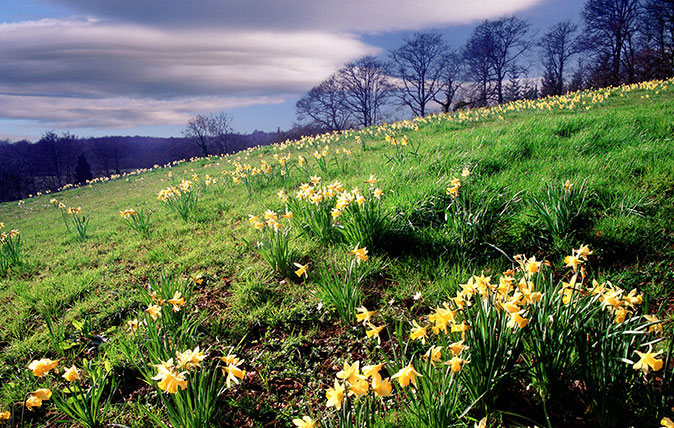

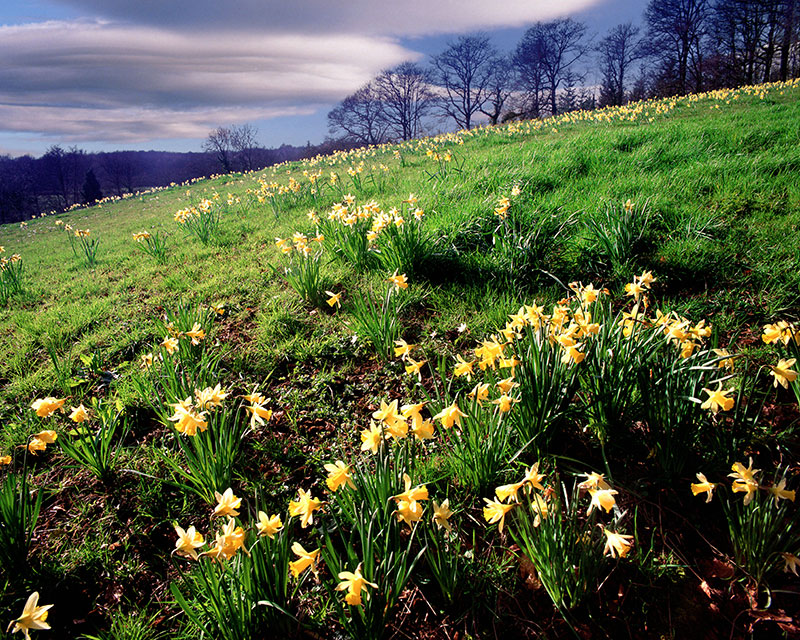
The wildflowers of Britain are rightly famous — and among wild daffodils, those of the Lake District, with their Wordsworth associations, are the most well known. The largest concentration, however, is the area around the town of Newent and the villages of Dymock and Kempley on the Gloucestershire/Herefordshire border, dubbed the ‘Golden Triangle' early in the 20th century.
Quite why the plant should be there in such huge quantities is impossible to say; at some stage, daffodils must have appeared and then had better opportunities to survive and spread thanelsewhere. One reason must surely be to do with the fact that, for much of the post-Medieval period, there has been a relatively high proportion of open woodland, daffodils' preferred habitat.
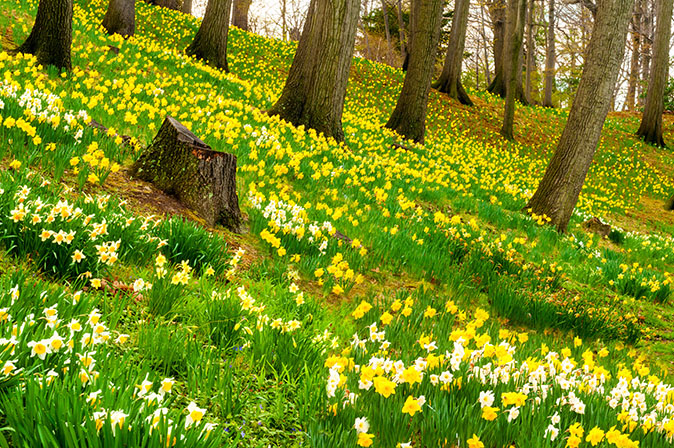
The Gloucestershire/Herefordshire border area has long had an association with fruit growing, largely for the production of cider and perry. During the 19th century, fruit growing greatly expanded, as now the arrival of railways allowed growers to send their fruit off to the rest of the country.
Daffodil production became a by-product-the grass below the trees would be cut in late summer to make it easier to pick windfalls, which ensured that there would be reduced grass competition when the flowers emerged in spring. After the First World War, Toc H, a Christian service organisation, promoted the picking of daffodils to cheer up hospital patients, and also began to sell daffodils at hospitals to raise money.
Commercial picking also took off, especially since flowers were usually available for Mothering Sunday (the fourth Sunday of Lent), traditionally the beginning of the gardening season in Britain. During the late 19th century and early 20th century, the income from picking daffodils actually became quite important, as it was the only independent income for agricultural labourers in the area, doubly welcome for it being at a time of year when there were few other sources of income.
The flowers became an early tourist attraction, with a special Daffodil Line train running between the villages and the nearby town of Newent. However, with the closure of Dymock Station in 1959 and the line subsequently being pulled up saw interest flag.
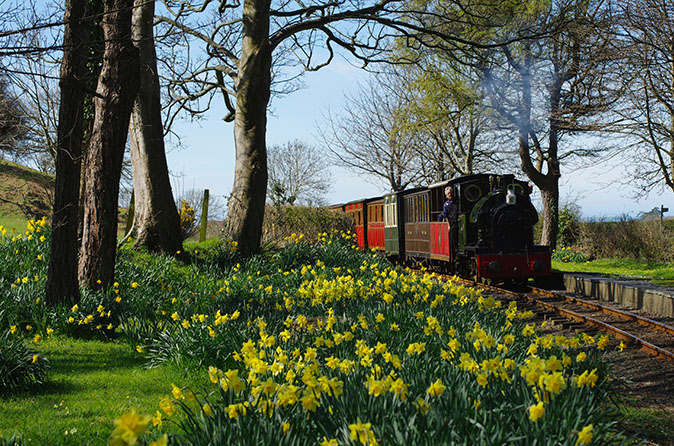
The 1960s and 1970s were a bad time for the daffodils, as they were for wildlife and wildflowers generally in Britain. Rising populations and rising meat consumption globally drove agricultural intensification. Many orchards were ripped up and converted to arable (largely for grain and potato production), so the daffodils were increasingly being limited to the hedges. The invention of nylon cord brushcutters was more bad news-now country churchwardens could ensure that the unruly grass around gravestones in churchyards was kept tidy, too.
Sign up for the Country Life Newsletter
Exquisite houses, the beauty of Nature, and how to get the most from your life, straight to your inbox.
From the 1990s onwards, appreciation of the daffodils began to grow again. With more and more walkers crisscrossing the fields around Dymock and Kempley, ‘daffodil teas', which had been held for over fifty years by local village churches to raise money, became increasingly popular. The tourism potential of the area at daffodil time has now been fully recognised, with pamphlets showing the best places to see the flowers and a circular walk of 14km (9 miles) along local footpaths around some of the best locations. Flowering time depends on the weather, so occasionally the events have to be rescheduled.
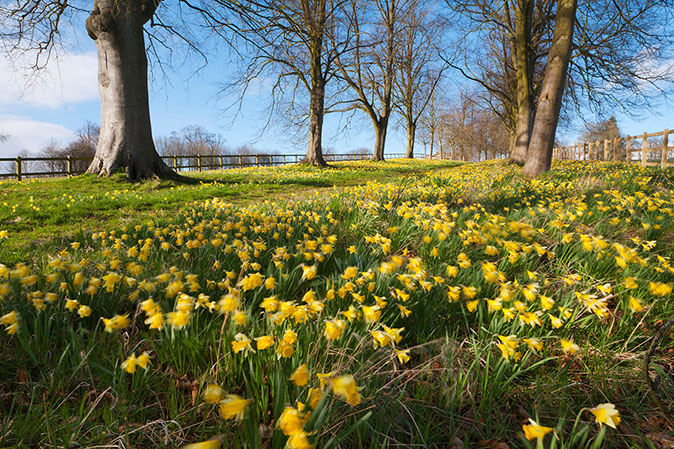
The bulbs can survive for many years as part of pasture or occasionally mown grass, even if prevented from flowering; so that once a field or churchyard is managed properly, former daffodil fields can recover, and more visitors can appreciate the sight of thousands of pale yellow flowers spattering the spring grass.
The Golden Triangle Project is working to re-create a mile of daffodil and wildflower habitat along roads and footpaths around the villages. Seventy-five local people have undertaken to each grow a thousand daffodils in plug trays, so that young plants can then be planted out in selected road verges and community locations such as churchyards, eventually to flower and seed themselves further.
This extract from ‘Daffodil', by Noel Kingsbury (Timber Press, £17.99), was originally published in Country Life in 2014.
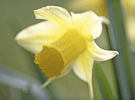
Gardening tips: Planting spring bulbs
Now is a great time to plan and plant spring bulbs for next year including daffodils
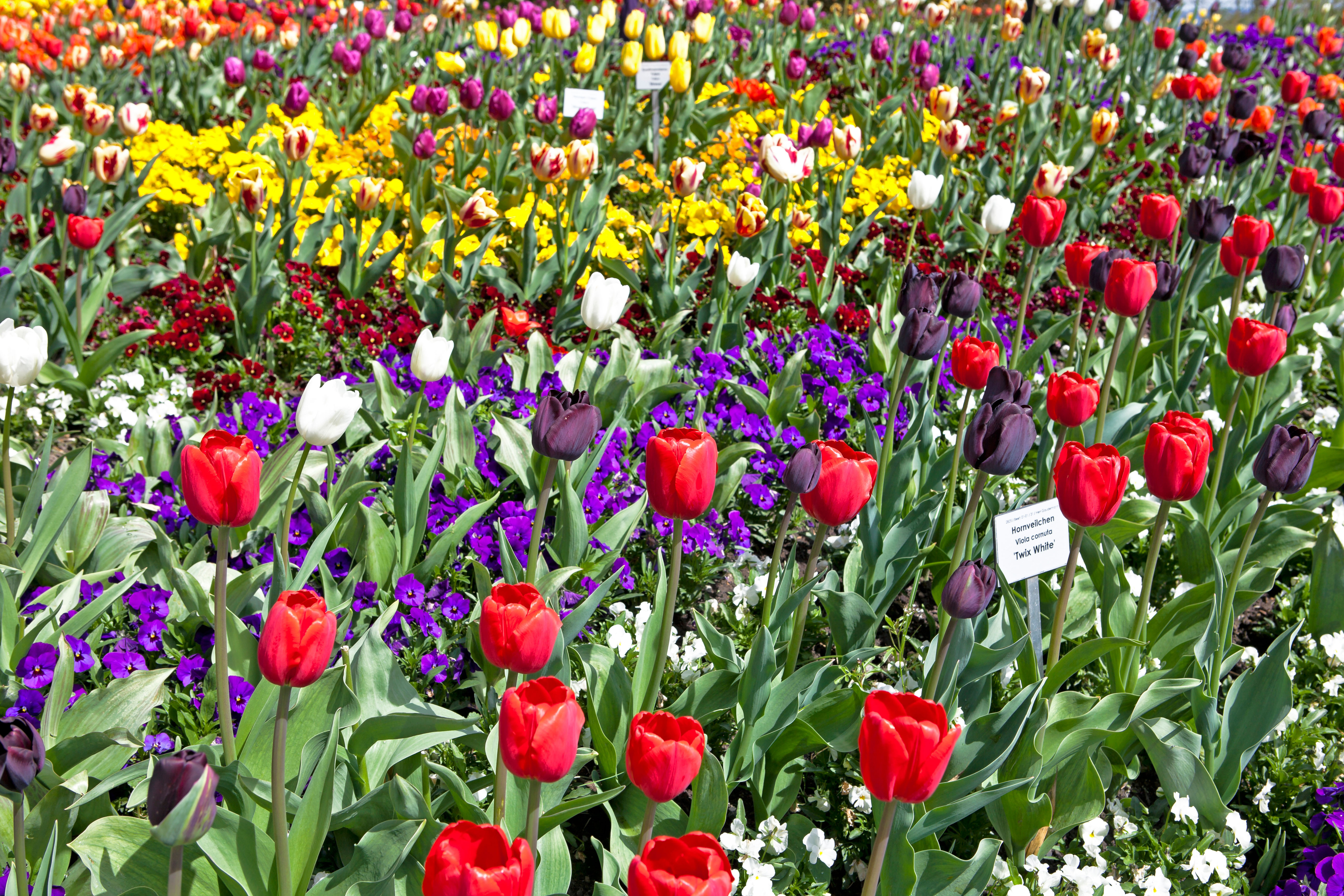
Credit: Alamy Stock Photo
Alan Titchmarsh on bulbs: Why they're my 'firework' plants – sit back and watch them go
Alan Titchmarsh talks about his love of bulbs, which ones not to bother with, and the difference between a gardener
Country Life is unlike any other magazine: the only glossy weekly on the newsstand and the only magazine that has been guest-edited by HRH The King not once, but twice. It is a celebration of modern rural life and all its diverse joys and pleasures — that was first published in Queen Victoria's Diamond Jubilee year. Our eclectic mixture of witty and informative content — from the most up-to-date property news and commentary and a coveted glimpse inside some of the UK's best houses and gardens, to gardening, the arts and interior design, written by experts in their field — still cannot be found in print or online, anywhere else.
-
 RHS Chelsea Flower Show: Everything you need to know, plus our top tips and tricks
RHS Chelsea Flower Show: Everything you need to know, plus our top tips and tricksCountry Life editors and contributor share their tips and tricks for making the most of Chelsea.
By Amie Elizabeth White
-
 Hidden excellence in a £7.5 million north London home
Hidden excellence in a £7.5 million north London homeBehind the traditional façades of Provost Road, you will find something very special.
By James Fisher